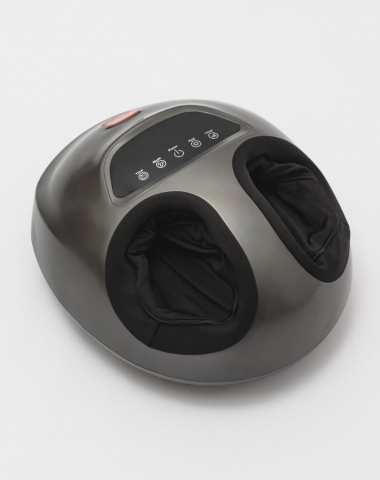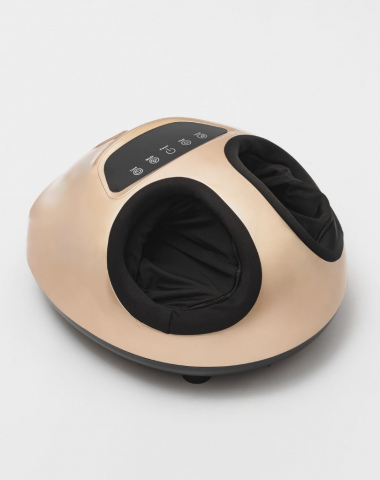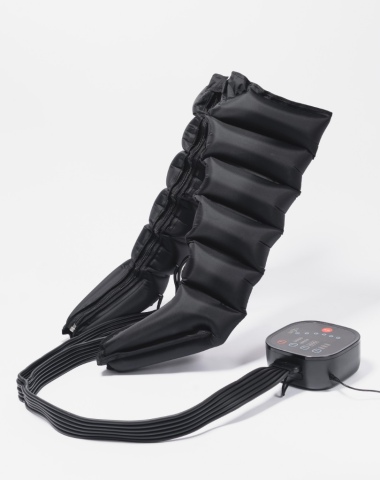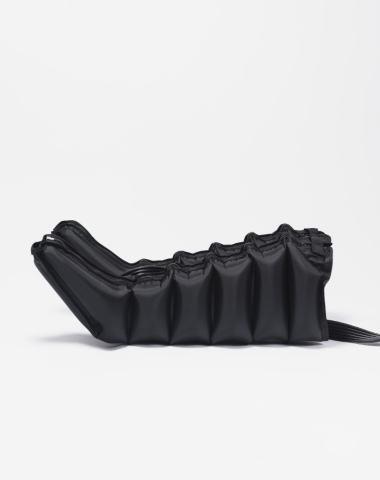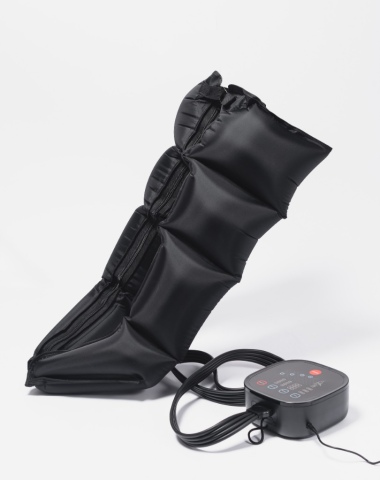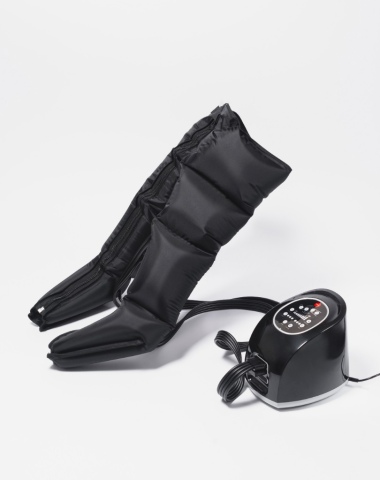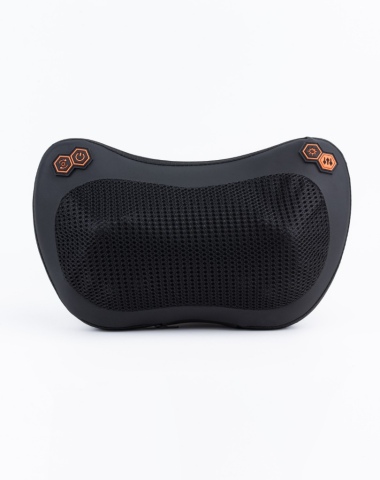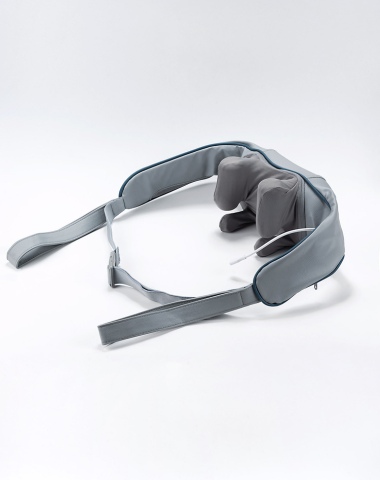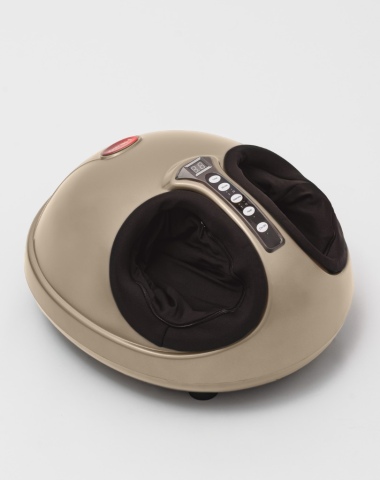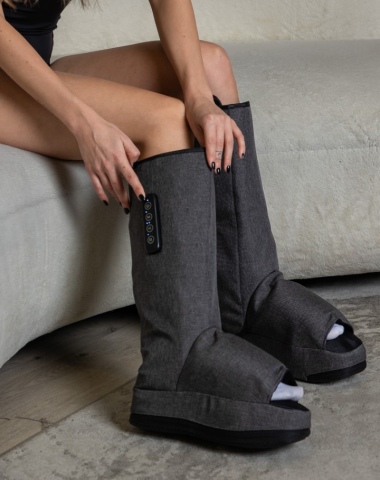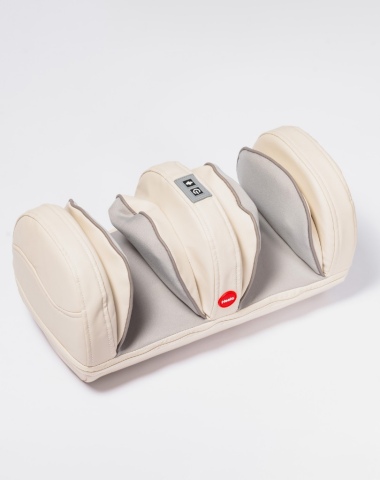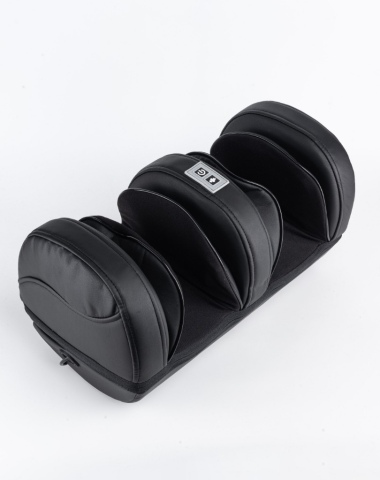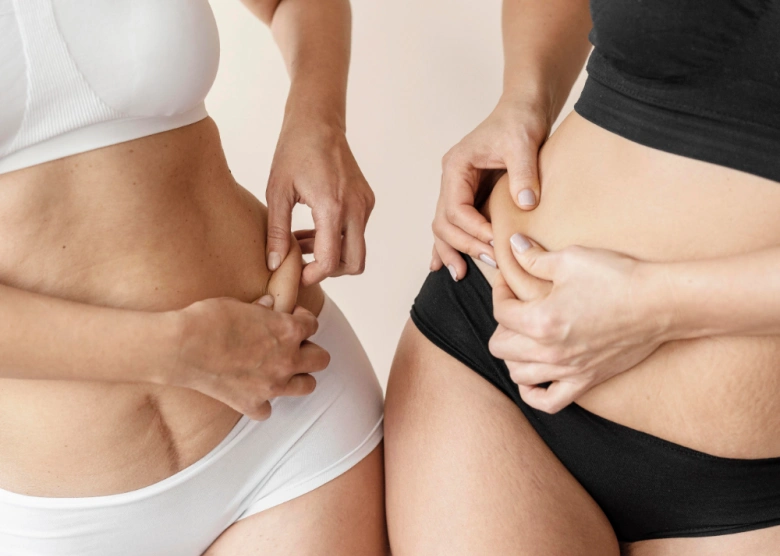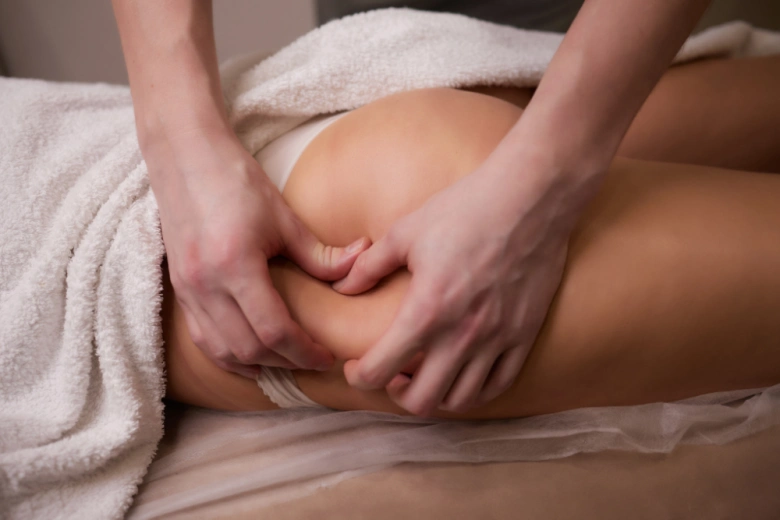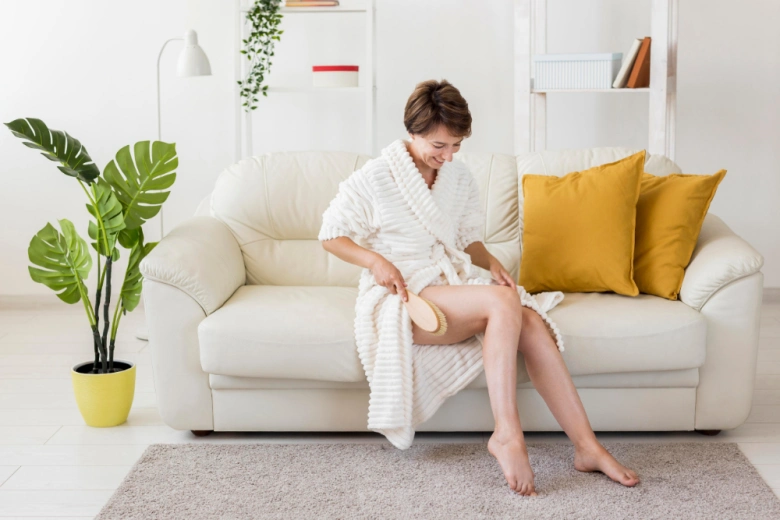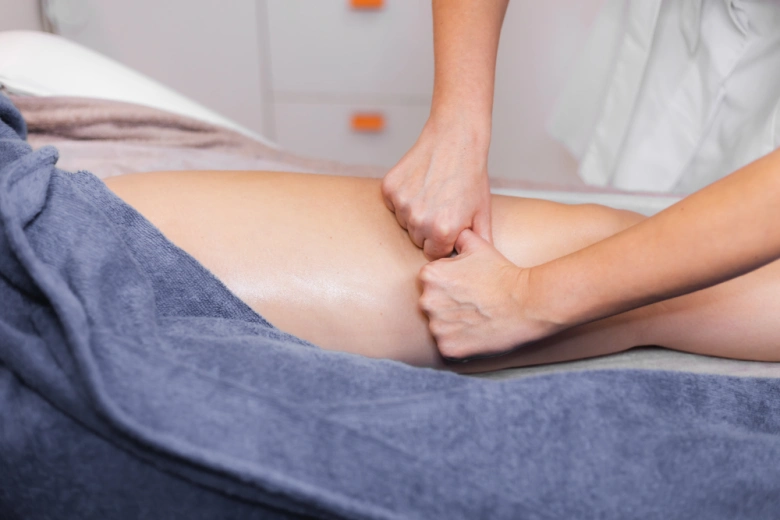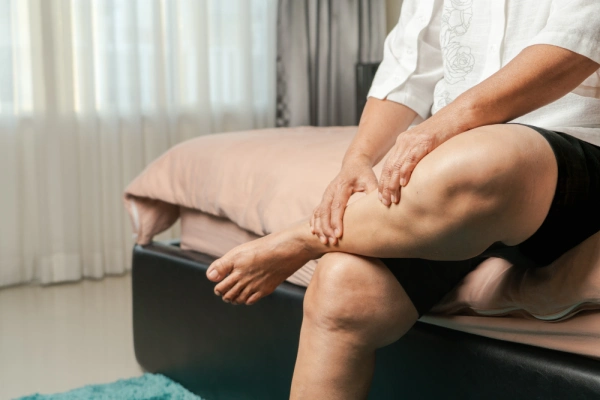
To relax after a hard day, boost your immunity and relieve tension in your legs, various methods are used. One effective way to achieve lightness in your legs is a manual massage or a procedure using a massage device . However, this method is not suitable for everyone; it is advisable to consult a specialist before the first session. In this article, we will debunk the myths about whether it is possible to massage your legs if you have varicose veins.
Myth 1. Massage is contraindicated for varicose veins
Varicose veins are a disease that occurs among patients of any gender and age. Movement and massage help to improve the condition of such a disease. However, there is much controversy about the second method. Some believe that massage for varicose veins worsens the condition, while others are sure that the procedure minimizes the severity of symptoms.
In the later stages of varicose veins, when trophic ulcers and blood clots have appeared, massage is really not recommended. But in the case of uncomplicated varicose veins (in the initial stages), the procedure reduces the risk of complications , reduces the intensity of symptoms, and improves well-being.
Light lymphatic drainage massage using a massager reduces swelling, improves blood circulation, and alleviates the feeling of heaviness in the legs. The most important thing when performing the procedure is to exclude intense effects such as aggressive rubbing of the legs and deep warm-up.
Myth 2. Massage can cure varicose veins
Varicose veins are a disease associated with damage to the eyelid valves and weakening of the vessel walls. The disease requires a comprehensive approach to treatment. To eliminate the symptoms, patients are recommended to:
- wear compression garments to support the veins;
- eliminate smoking and alcohol;
- eat a balanced diet;
- move daily.
If conservative methods of therapy do not lead to an improvement in well-being, then surgery is prescribed. Massage is not able to cure varicose veins, but the procedure can be part of maintenance therapy to alleviate the condition and improve the quality of life of a person.
Myth 3. Using ointment improves the effect of massage
Applying warming ointments to your feet during a massage is not the best idea. The warming effect of the cream can worsen the condition, increase blood flow to the affected veins and cause inflammation.
As a means for massage with varicose veins, it is advisable to use neutral creams and ointments that have a cooling effect. Ointments with a menthol or mint effect are suitable. However, before using such products for the first time, it is better to consult a doctor.
Myth 4. Anti-cellulite and Thai massages help cure varicose veins
Thai and anti-cellulite massages are based on intense pressure, warming up and stretching of tissues. Therefore, such manipulations are not suitable for patients with varicose veins.
The techniques cause trauma to the vessels, and in some cases lead to the formation of blood clots. People with varicose veins need more gentle techniques — classical or lymphatic drainage massage, which can be performed using the device .
Myth 5. Massage is recommended at any stage of varicose veins
No, massage is contraindicated in the later stages of the disease. If the patient already has blood clots, ulcers, inflammation, then such manipulations should be avoided. Excessive pressure on the legs and veins leads to complications, up to and including the detachment of a blood clot.
Before the first massage session, it is important to consult a phlebologist and undergo diagnostics in order to identify the stage of varicose veins and contraindications. The doctor will tell you which methods are suitable in a particular case.
If a specialist has prescribed a massage, it is important to know how to do it correctly:
- it is worth choosing light techniques (rubbing, stroking, lymphatic drainage);
- there is no need to press on the veins or massage the affected areas;
- massage should be done from the bottom up, in the direction of lymph flow;
- You can use a cream with a cooling effect.
Massage for varicose veins is not prohibited, but it cannot be called a universal procedure. The possibility of massage depends on the patient's well-being, the stage of the disease and the risk of complications.

